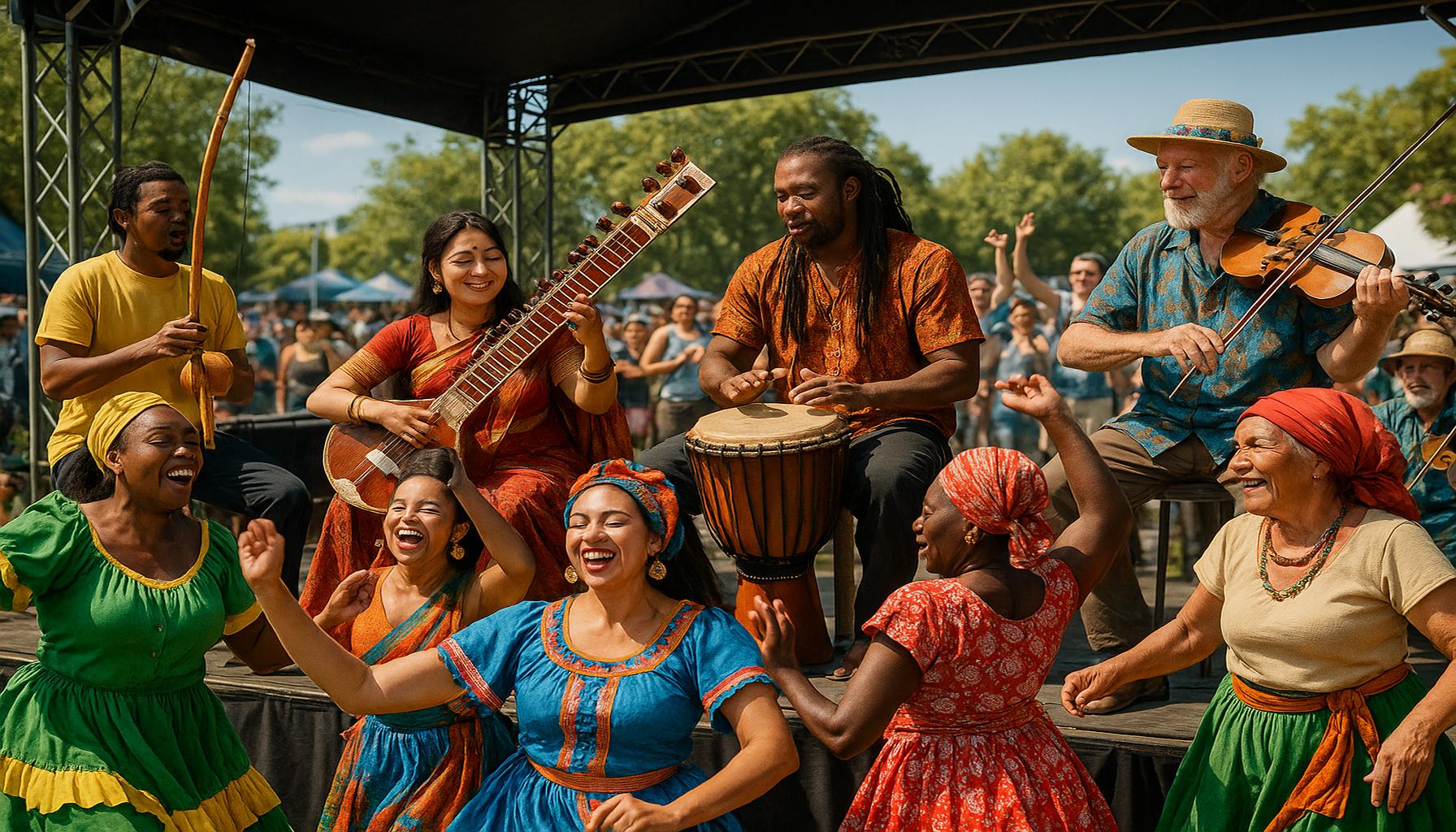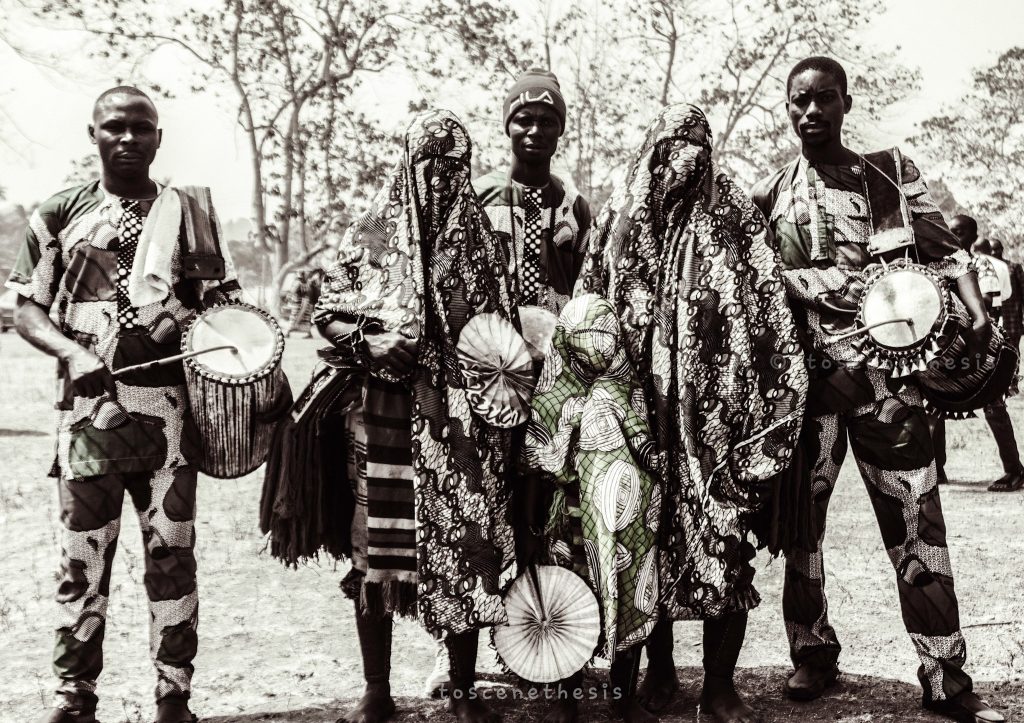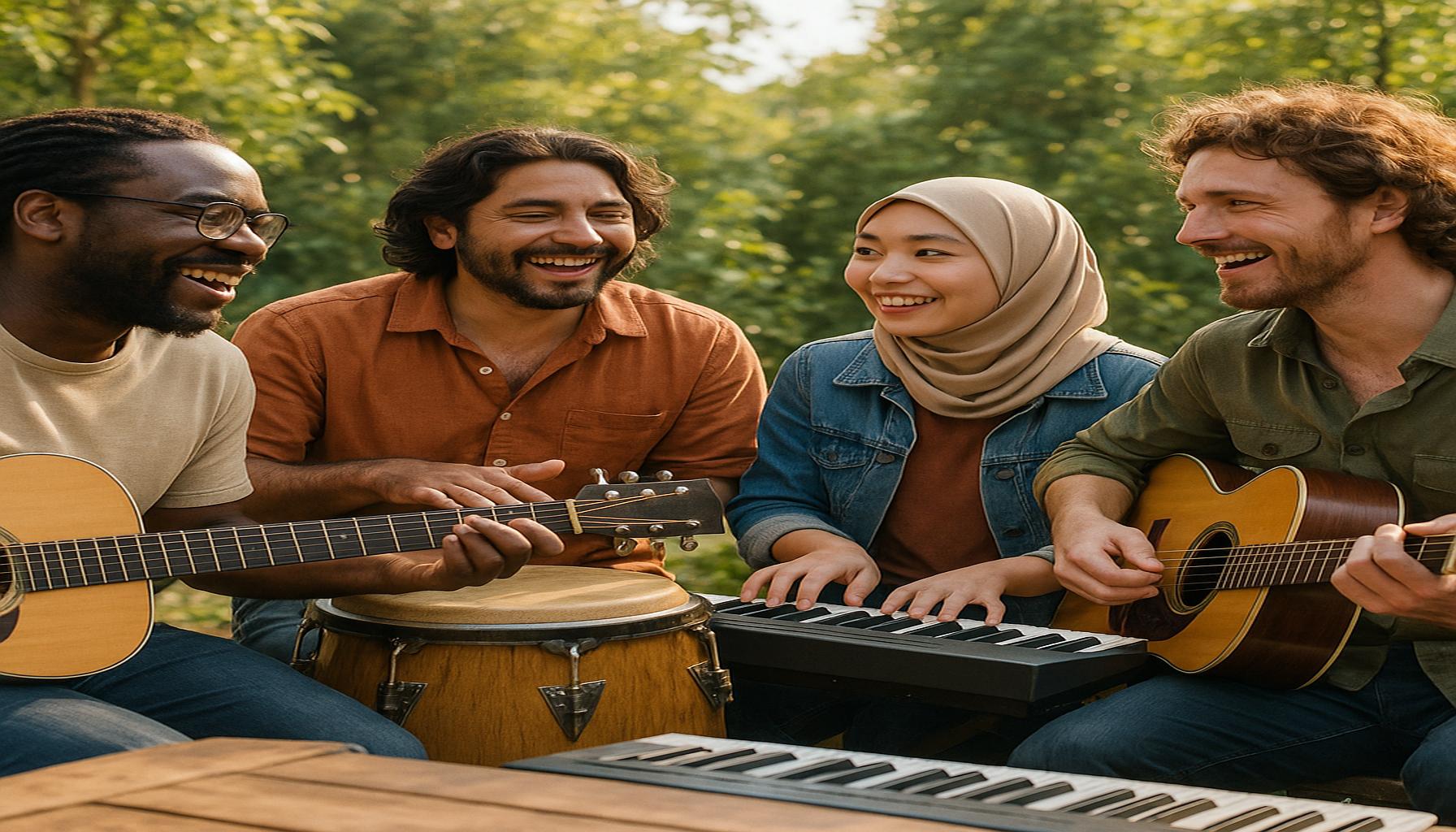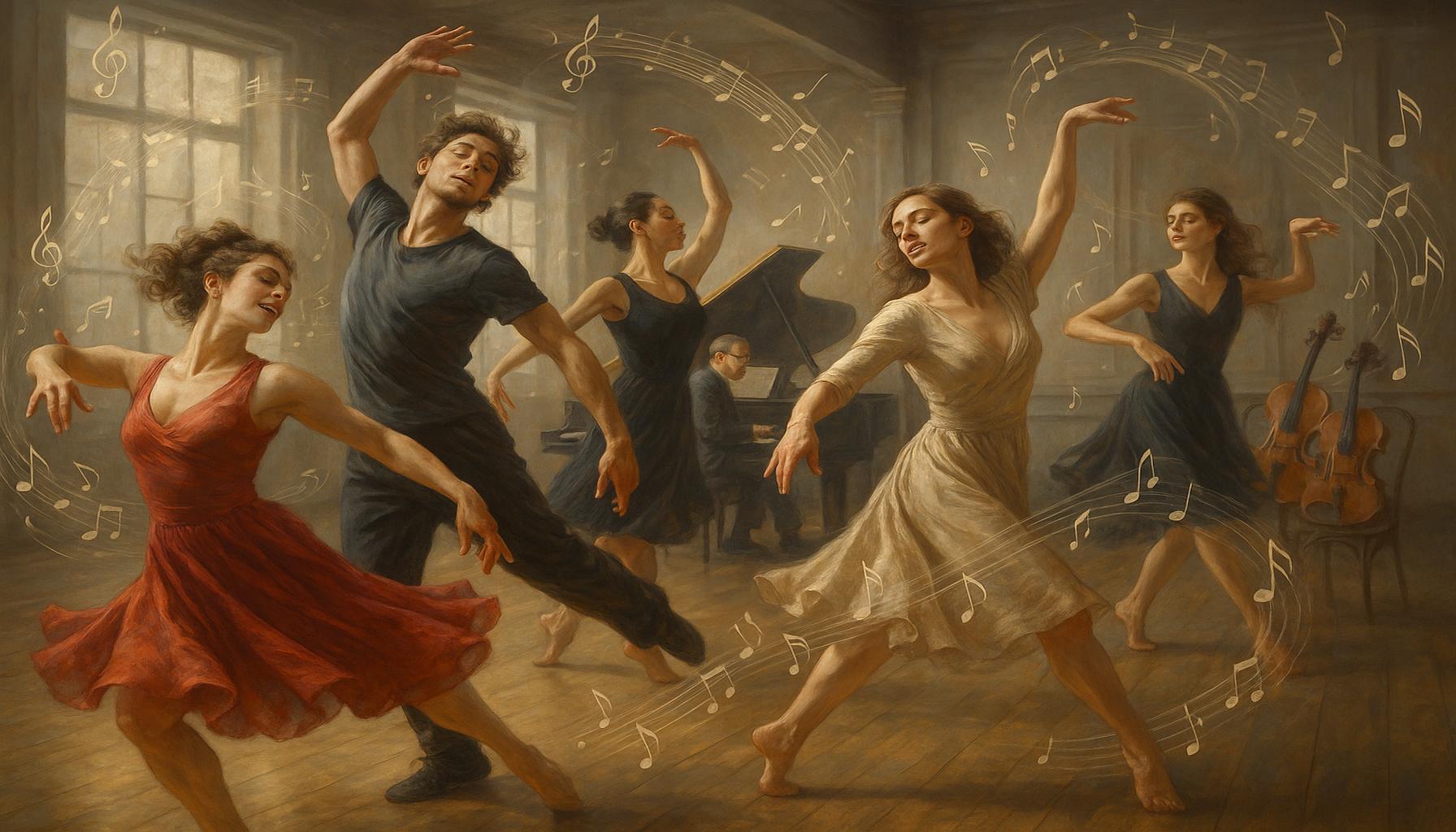The Impact of Local Musical Traditions on the Creation of New Genres and Styles

The Dynamic Landscape of Musical Traditions
Music is an ever-evolving art form that mirrors the complexities of cultural identity and history. Each region around the world, particularly in a culturally diverse country like the United States, brings forth its own unique sounds and styles, creating a rich tapestry of musical expression. The interplay between local traditions and contemporary influences plays a crucial role in shaping new musical genres, making the understanding of these local elements vital for grasping modern music’s evolution.
- Cultural Fusion: The blending of local traditions contributes significantly to the birth of new musical genres. For example, the genre of Tejano, which blends Mexican folk music with elements of rock and pop, illustrates how cultural fusion can give rise to innovative styles. This intertwining not only fosters creativity but also showcases the complexity of cultural identities.
- Storytelling: Music serves as a narrative device for communities, with every note and lyric encapsulating their experiences, struggles, and triumphs. In Native American music, for instance, songs often tell stories of ancestors, nature, and significant events, eventually influencing genres like folk and country, which also embed personal storytelling into their fabric.
- Instrumentation: The unique instruments associated with specific local traditions provide distinct sounds that help shape broader genres. The bass fiddle in Appalachian music adds a unique depth, while the banjo has become synonymous with bluegrass, creating popular rhythms that are celebrated nationwide.
This intricate web of influences creates a dynamic evolution in musical genres. For example, bluegrass has its roots deep in the Appalachian mountain culture, combining aspects of African American music traditions and immigrant folk rhythms. On a different spectrum, hip-hop has evolved out of urban neighborhoods, where diverse musical influences collide, leading to innovative beats and lyrical styles that resonate globally.
Genres like jazz and blues underscore the powerful way local sounds inform national trends, with their origins deeply embedded in African American communities. These styles have not only resonated within the U.S. but have also influenced artists worldwide, leading to a rich exchange of ideas and sounds.
Today, the influence of local traditions reverberates throughout popular music, inspiring contemporary artists and weaving the past into the present. By exploring these musical legacies, we uncover not just the stories that define regional identities, but also the ways these expressions propel new genres into the global spotlight, inviting further discovery and appreciation. Join us on this journey of cultural exploration and witness the fascinating intersection of local traditions and creative expression.
DISCOVER MORE: Click here to learn about the benefits of music

Cultural Fusion as the Catalysts of Innovation
The rich tapestry of local musical traditions serves as a primary catalyst for the creation of new genres and styles. As diverse cultures interweave their unique sounds, the resulting music reflects a broad spectrum of influences that resonate both locally and globally. One prominent example of this cultural fusion can be seen in the emergence of reggaeton, a genre that intertwines Caribbean rhythms with hip-hop, jazz, and electronic music, capturing the vibrant essence of Latin urban culture. The genre has exploded in popularity across various demographics, illustrating how regional sounds can transcend boundaries and forge new musical identities.
Moreover, blues exemplifies another poignant fusion within American music history. Originating from African American spirituals and work songs in the Deep South, blues tells the story of resilience and struggle. As the genre evolved, it infused elements from other musical traditions, such as jazz and folk, leading directly to the to the creation of rock ‘n’ roll and rhythm and blues, genres that have dominated the music landscape in the 20th century and beyond. It highlights how local context and shared experiences can redefine music and inspire future innovation.
Preserving Identity Through Musical Narrative
Music serves as a powerful medium for storytelling, embedding the histories and identities of communities within its melodies and lyrics. This practice is particularly evident in folk music, where oral traditions capture the essence of local experiences, often depicting the joys and sorrows of daily life. Tracks like “This Land Is Your Land” by Woody Guthrie showcase the essence of American folk, rising from regional roots to gain national significance, encapsulating the sentiments of disenfranchised individuals during the Great Depression.
In indigenous cultures across America, music often plays a pivotal role in preserving ancestral narratives. For instance, traditional Navajo music incorporates unique scales and vocal techniques that reflect their connection to land and spirituality. Such traditions have paved the way for contemporary artists who draw from these rich musical legacies, infusing them into genres like indie and world music, thus ensuring that local histories resonate with modern audiences.
- Blues, with its rich history of pain and resilience, influences contemporary genres such as rock and country.
- Jazz, rooted in African American traditions, serves as a cornerstone for various musical explorations, demonstrating incredible adaptability and innovation.
- Hip-hop exemplifies urban fusion, blending local stories with beats, influencing global music trends and social movements.
As we delve into the influences of local traditions on modern genres, it is evident that these musical heritages are not merely relics of the past but rather vibrant forces that drive innovation and foster new expressions. Understanding these connections not only enhances our appreciation for contemporary music but also positions us to explore the deeper narratives and identities forged through sound. The journey through these intersections promises to reveal not just the evolution of musical styles but also the cultural conversations that continue to shape our collective musical experiences.
The Role of Local Instruments in New Musical Genres
Local musical traditions are often deeply intertwined with the unique instruments available in various cultures. The incorporation of these traditional instruments into contemporary music can lead to the birth of entirely new genres. For example, the use of the didgeridoo in modern rock music or the incorporation of the sitar in Western pop and jazz music showcases how local instruments can create an innovative sound palette that resonates globally.
Cross-Cultural Collaborations and Their Impact
Another significant aspect of local musical traditions is the rise of cross-cultural collaborations. Musicians from different backgrounds frequently collaborate, blending their local styles and instruments to forge new genres. For instance, the fusion of African rhythms with jazz has created what is known as Afrobeat, demonstrating how local traditions influence and invigorate new musical expressions. These collaborations not only expand the boundaries of creativity but also foster cultural appreciation and understanding.
The Evolution of Folk Music into Pop Culture
As local musical traditions integrate with mainstream music, we witness the evolution of folk music into popular genres. This transition can be observed in the indie folk movements, where traditional melodies and storytelling intertwine with modern themes, appealing to a broader audience. Such transformations reveal how cultural heritage can continuously adapt, ensuring its relevance in contemporary music landscapes.
| Cultural Integration | Influence on Modern Genres |
|---|---|
| Traditional Instruments | Utilization of local instruments like the sitar and didgeridoo creates unique sounds. |
| Cross-Collaborations | Bridges gaps between cultures, resulting in new genres like Afrobeat. |
Enduring Influence of Local Rhythms
Local rhythms often carry significant emotional and cultural meanings, reflecting societal values and traditions. The infusion of these rhythms into popular music shapes the emotional depth and narrative of new genres. As artists continue to draw upon local traditions, we may witness a growing appreciation for cultural storytelling through music, further enriching the global music landscape.
DISCOVER MORE: Click here to learn about eco-friendly crafting
The Role of Geographic Influences in Musical Evolution
Geography plays a fundamental role in the shaping of musical styles and genres, as local environments and historical contexts contribute to the unique soundscapes of various regions. For instance, bluegrass, which originated in the Appalachian Mountains, is deeply rooted in the region’s cultural practices and the available instrumentation, typically featuring the banjo, fiddle, and mandolin. The genre draws heavily from both African American and European folk traditions. Its evolution illustrates how geographic isolation can incubate distinctive musical styles, as musicians adapt to their surroundings while incorporating influences from neighboring cultures.
In contrast, Afrobeat, pioneered by Nigerian musician Fela Kuti, emerged as a response to the political and social climate of 1960s Nigeria, blending traditional African rhythms with jazz, funk, and highlife. The geographic fusion underscores the genre’s unique ability to comment on societal issues, illustrating how local contexts and historical events can inspire new musical movements. As a result, Afrobeat has transcended regional confines, resonating globally and influencing numerous artists across diverse genres while preserving its African heritage.
The Revival of Local Sounds Through Technology
The advent of technology has brought local musical traditions back to the forefront, allowing for the creation of innovative genres that are rooted in heritage yet maintain a contemporary edge. The rise of digital platforms has democratized music production and distribution, giving artists the tools to remix and reinterpret local sounds on an international scale. For example, Lo-fi hip hop has roots in the sampling of jazz, soul, and funk, often incorporating ambient sounds that evoke a sense of place and nostalgia. By utilizing local or regional samples, artists can craft beats that reflect their cultural background while appealing to a global audience.
Furthermore, artists like Billie Eilish and Bad Bunny integrate elements of their local music scenes—Punk and Latin trap respectively—into their pop sensibilities, creating a fresh sound that resonates with listeners worldwide. These artists not only showcase their musicality but also act as cultural ambassadors, introducing global audiences to the nuances and richness of their local traditions.
- Geographical influences shape the evolution of genres, as seen in bluegrass and Afrobeat.
- Technology provides new tools for preserving and innovating local sounds while reaching audiences beyond geographic borders.
- Artists like Billie Eilish and Bad Bunny exemplify the fusion of local traditions with contemporary styles, expanding their reach and influence.
The dynamism exhibited in the interplay between local musical traditions and the creation of new genres invites individuals to explore the depths of cultural expression. This relationship fosters a rich dialogue that allows the past to inform the present while shaping the future of music. By examining these intersections, listeners gain a deeper understanding of the complexities of musical evolution and its intrinsic ties to community identity.
DIVE DEEPER: Click here to discover the evolution of digital art
Conclusion: The Ongoing Evolution of Music
In conclusion, the impact of local musical traditions on the creation of new genres and styles is a dynamic and complex process that reflects broader sociocultural narratives. As seen through the development of genres like bluegrass and Afrobeat, music is an extension of geographical and historical contexts that resonate deeply with the communities they originate from. These local sounds and practices not only inform contemporary music but also serve as vital touchstones that connect listeners to their cultural heritage.
The integration of technology has revolutionized this landscape, enabling artists to innovate while paying homage to their roots. Platforms for music sharing and production allow regional sounds to travel globally, fostering a cross-pollination of ideas and inspirations that challenges traditional boundaries. Artists such as Billie Eilish and Bad Bunny demonstrate how drawing from local traditions can result in captivating and commercially viable music, making them not just entertainers but cultural ambassadors.
As the music industry continues to evolve, the relationship between local traditions and new genres will undoubtedly grow richer and more intricate. By engaging with these intersections, listeners can deepen their appreciation for the stories and identities encapsulated within the music. Ultimately, the exploration of local musical traditions within the broader context of contemporary styles invites ongoing dialogue about culture, identity, and creativity, enriching the global musical landscape for generations to come.


